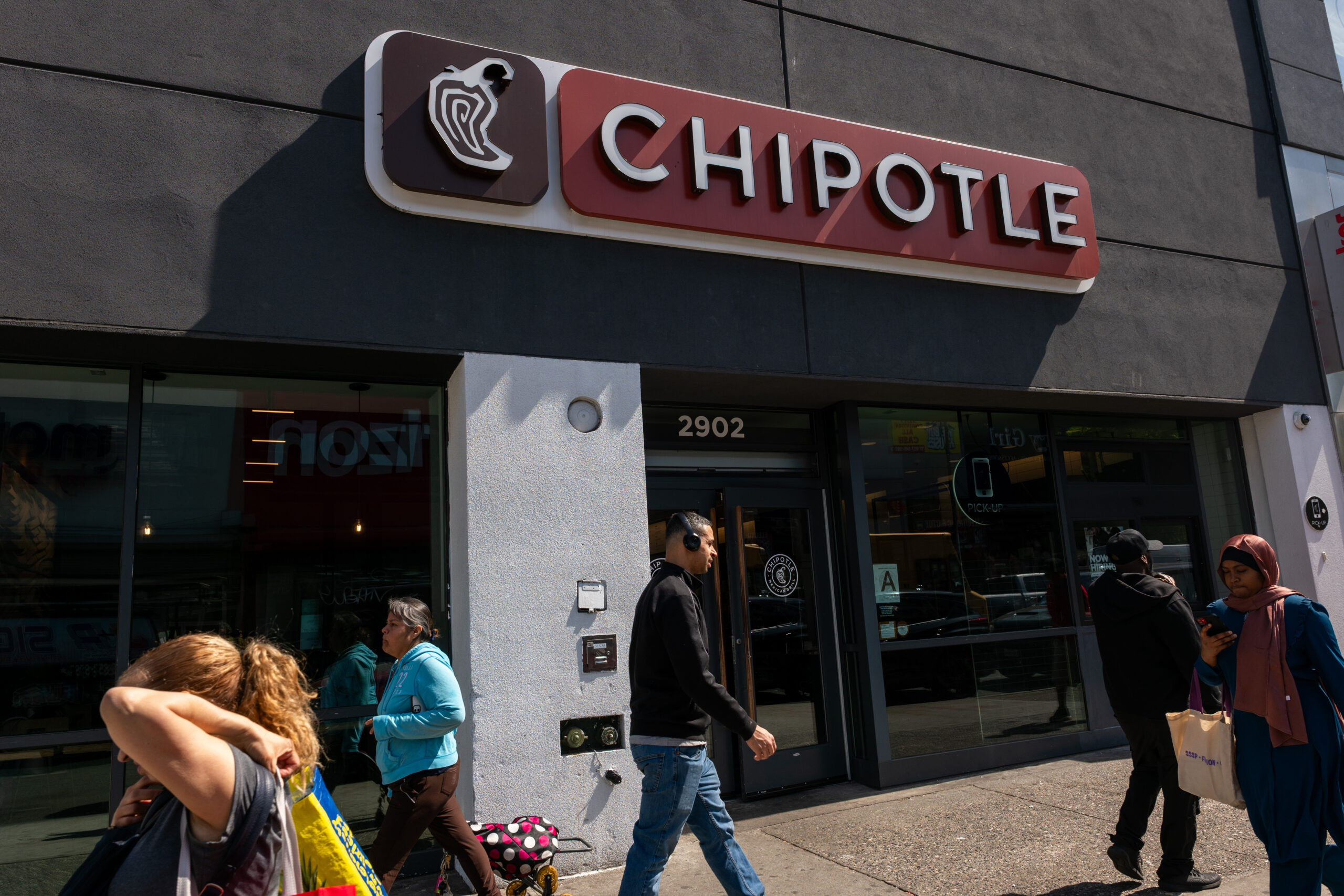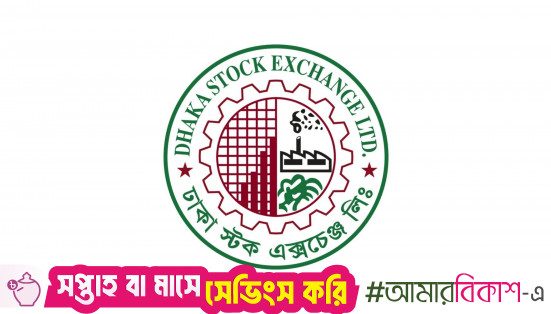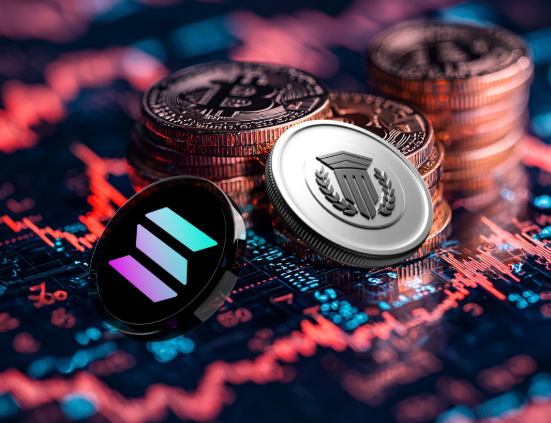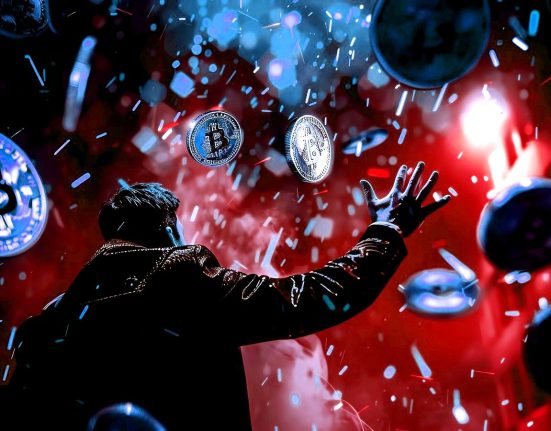The days of “collateralized burrito obligations” may be over as one of the largest “buy now, pay later” lenders is reporting that people borrowing money for items like Chipotle dinners are falling behind on payments.
When DoorDash announced it was partnering with the payment platform Klarna to allow installment payments on food deliveries, the internet was flooded with memes mocking the mini-loans. It was a nod to the 2008 financial crisis that was partially blamed on the markets buying and selling highly risky subprime mortgages packaged together.
The “buy now, pay later” industry offers consumers small installment loans to allow people to purchase something immediately with little or no initial payment and then pay off the balance over the short term, usually four payments or less. The loans are often interest-free. Big companies like Costco and Walmart have also started to offer the service.

Now, the cycle of bad debt might be starting to play out again, albeit, on a much smaller scale than the financial crisis more than 15 years ago. About 30 percent of Americans have used installment plans, according to Bankrate. A Klarna earnings report this week shows its losses have doubled in Q1 after $136M in customer debts went unpaid.
Online commenters were not surprised by Klarna’s troubles. “If I finance a burrito, that’s my problem,” one X user posted. “If I finance 1000 burritos, that’s the banks (sic) problem.” Another sarcastically quipped, “Who could have foreseen this?” And another said, “It’s almost like giving constant micro loans to financially illiterate people for ephemeral pleasures was a bad idea to begin with.”
The average transaction of buy now, pay later purchase is $142, according to a recent Consumer Financial Protection Bureau report with overall buy now, pay later loans topping $33.8 billion. The consumers most likely to use them are those who may have many credit options and use buy now, pay later out of necessity.
The Federal Reserve reports that among buy now, pay later users who say they are “just getting by” or “finding it difficult to get by” financially, 78 percent say it is the only way they could afford their purchase. A large number of people with less than $500 in emergency savings also cite necessity as a factor.
“While BNPL is a convenient payment mechanism that consumers can use to access credit,” the report concludes, “some financially vulnerable consumers may be overextending themselves by using BNPL to make purchases that they otherwise could not afford.”
A recent LendingTree study finds that 41 percent of the short-term loan users made at least one late payment in the past year — up from 34 percent a year ago. The study also found that one of the biggest growth areas for the service is for buying groceries, with 25 percent of users saying they’ve used the loans for that purpose.
The study reported that a growing number of people are using buy now, pay later programs as a “bridge” to their next paycheck, with 33 percent relying on them in the past year. Among the largest groups using them for that purpose are high earners, men, younger Americans and parents of young kids.







